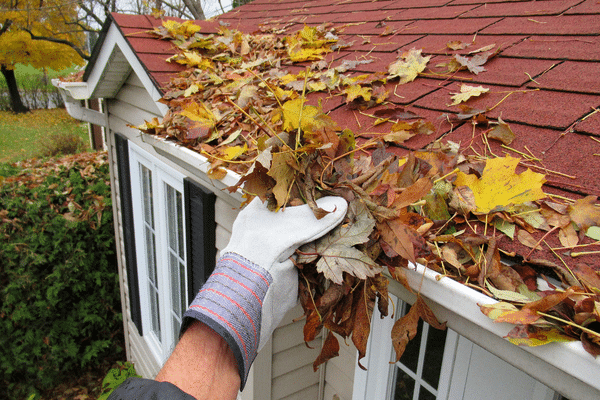Fall in the Pacific Northwest is beautiful — and stormy. As the leaves drop and the rains return, so do our busiest insurance claim months. Windstorm damage is the #1 claim we see, and it’s also the most costly. Water damage comes in second.
The good news: with a little fall preparation, you can protect your home and avoid becoming one of those claim statistics. Here are 7 smart steps you can take now.
1. Inspect Your Roof and Gutters
Your roof and gutters work together to keep water out of your home. Missing shingles, clogged gutters, or poor drainage can quickly lead to leaks.
- Check for damaged or missing shingles.
- Remove moss and mold from your roof.
- Clean gutters and downspouts, making sure water flows at least 5 feet away from your foundation.

Real story: Our former colleague, Ashley, experienced serious water damage after a snowstorm caused ice dams on her roof. The snow melted, water backed up under her shingles, and her home suffered major interior damage. It was a difficult experience, and one we wouldn’t wish on anyone.
Her story is a reminder that roof maintenance and early snow removal can go a long way toward preventing this kind of damage. Read more about Ashley’s claim.
2. Seal Cracks and Weatherproof Openings
Wind and water love finding their way inside through small gaps.
- Inspect and replace caulking around windows and doors.
- Add weatherstripping to stop drafts.
- Use waterproof sealant around pipes, vents, and wires that enter your home.
This step also saves you money on heating bills.
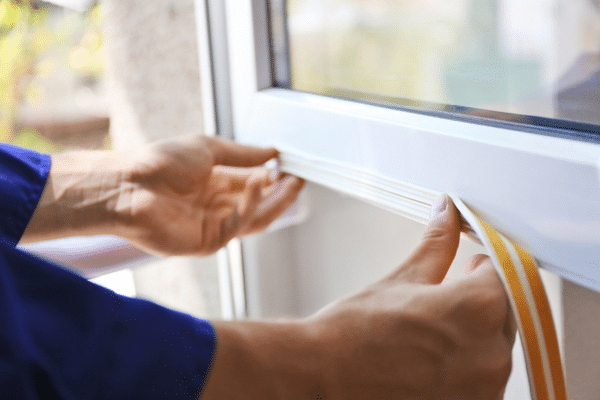
3. Secure Your Yard & Check Trees
We’ve seen it all: trampolines tumbling into neighbors’ cars, patio chairs through windows, even doghouses blown into the street.
- Store or tie down outdoor furniture.
- Reinforce loose fencing
- Secure garbage bins and toys.
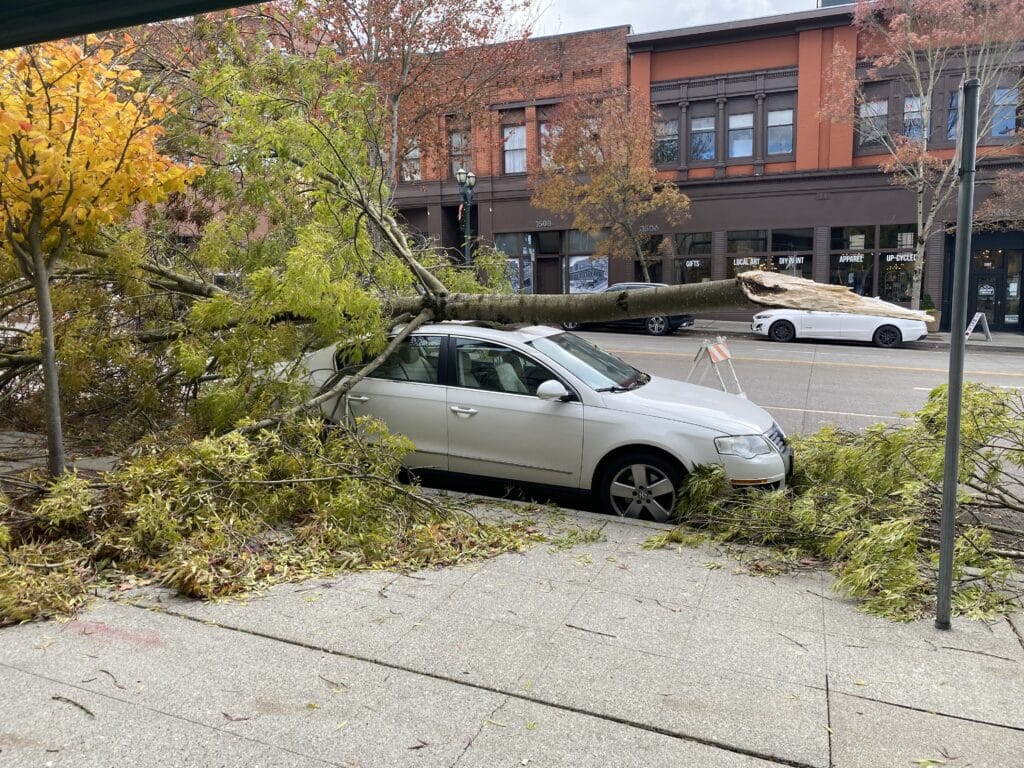
We also recommend checking your trees and landscaping now, while the weather’s still relatively calm. Strong winds can turn weak trees into dangerous projectiles.
- Look for cracked or leaning trunks.
- Trim branches hanging over your home.
- Call an arborist if you’re unsure about a tree’s health.
Real story: One client’s 40-foot cedar fell during a windstorm, crushing their garage. Thankfully no one was hurt, but repairs took months.
4. Protect Basements and Foundations
Basements and foundations are often the first places to show water damage.
- Test your sump pump to make sure it works.
- Seal small cracks with masonry caulk.
- Ensure the ground slopes away from your home.
- Store valuables in waterproof bins off the floor.
Special Tips to Improve Exterior Drainage (Yard & Downspouts)
If water tends to pool near your foundation, consider adding drainage to move stormwater away from the house.
- Send water away: Extend downspouts 6–10 feet to a safe discharge point (an open ‘daylight’ outlet on a slope, a splash block, or a dry well).
- Dry out low spots: Add a yard drain/catch basin where water pools and keep grates clear before/after storms.
- On sloped lots: A French drain along the uphill side can intercept runoff—ask a pro to size and route it.
- Reroute sump water: Discharge well away from the house so it doesn’t cycle back toward the foundation.
- Safety first: Call 811 to locate buried utilities before you dig.
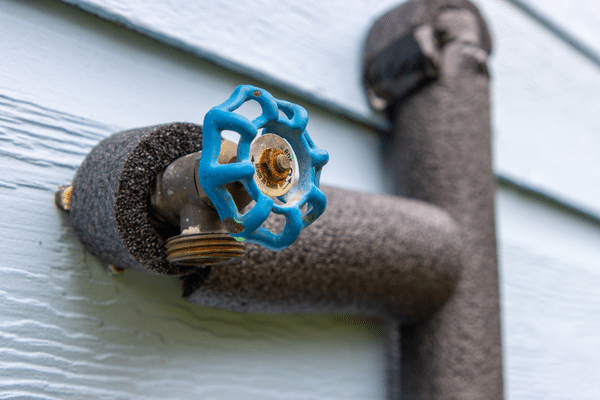
5. Prevent Frozen Pipes & Hose Bibs
Cold snaps do hit the PNW. A few simple steps in fall can prevent burst pipes and indoor water damage.
- Insulate exposed lines: Wrap pipes in unheated spaces (crawlspace, garage, attic) with foam sleeves; secure the joints.
- Winterize hose bibs: Remove hoses, add insulated covers, and (if you have a shutoff) close the interior valve and drain the exterior line.
- During hard freezes: Let a thin stream of cold water run on vulnerable lines and open sink cabinet doors to let warm air circulate.
- Know the shutoff: Make sure everyone knows where the main water shutoff is located.
6. Review Your Insurance Coverage
Not all storm damage is automatically covered by homeowners insurance. Flooding, for example, is excluded from standard homeowners policies and requires a separate flood policy.
We strongly recommend that all our clients consider flood insurance — even if you don’t live near a river or creek.
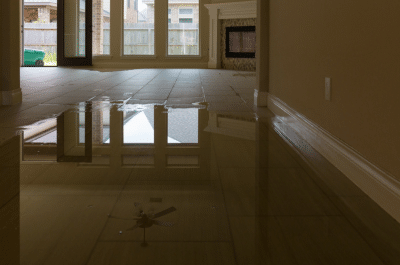
In our region, heavy rain, clogged storm drains, and melting snow can all lead to flooding. Cleanup is expensive, and recovery can take months. A flood policy offers peace of mind that your home and belongings are protected from one of the costliest types of water damage.
7. Build a Storm-Ready Kit
Sometimes the best preparation is simply being ready when the lights go out.
- Flashlights and extra batteries
- Portable phone charger
- Bottled water and snacks
- Warm blankets and first-aid kit
A Special Note: Water Inside the Home
While wind and rain cause plenty of damage outside, some of the costliest claims we see actually start inside the home — often with a small, unnoticed leak. Washing machines, dishwashers, and water heaters are some of the most common culprits.
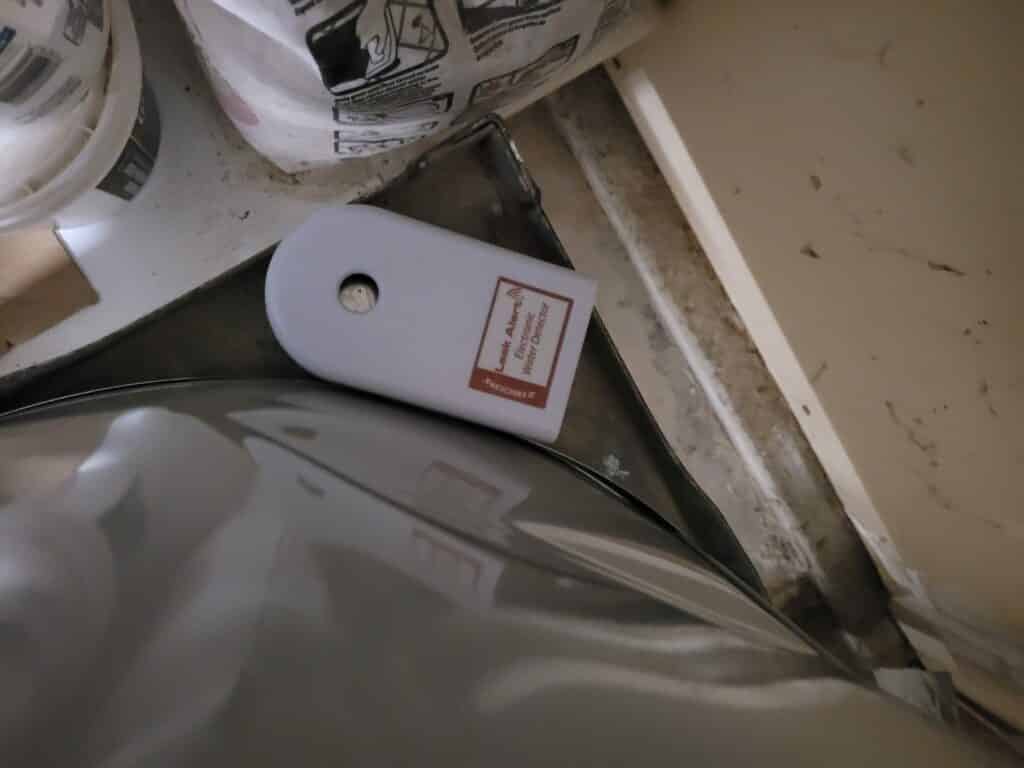
That’s why we always recommend water-leak detectors. These small, inexpensive devices can save thousands in repairs by alerting you to leaks early. Some models connect to your phone, while others sound an alarm the moment they sense water.
Our Story
Earlier this year, Nick and Meghan found themselves repairing their laundry room after the washing machine drain overflowed. They had recently moved their laundry room water detector and hadn’t replaced it yet.
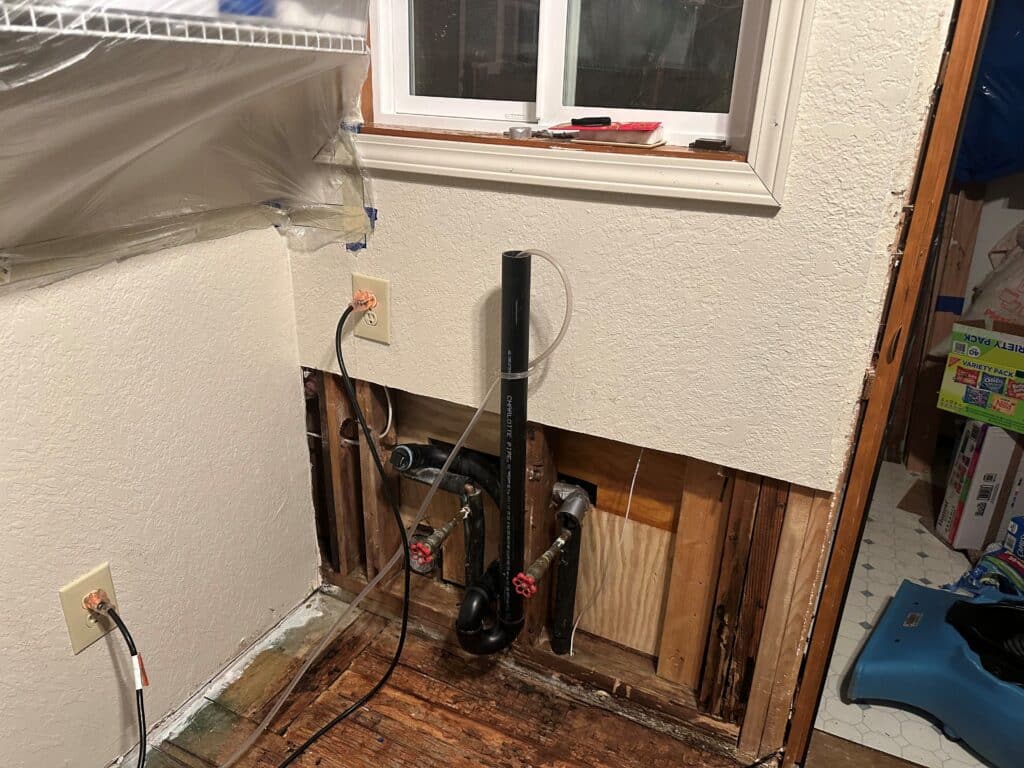
It turned into an inconvenient and expensive hassle — one that could have been avoided with a $30 sensor. Many of our clients have avoided costly repairs thanks to these devices.
Bonus: Some insurance carriers even offer discounts if you install leak sensors in your home.
Final Thoughts
Storms are a given in the PNW, but damage doesn’t have to be. A few hours of preparation this fall can save you thousands in repairs later.
And don’t forget: protecting your home isn’t just about the wind and rain outside — it’s also about stopping small leaks inside before they turn into big problems.
Need help reviewing your coverage? We’re here to answer your questions and make sure your home is protected before the next storm arrives.

